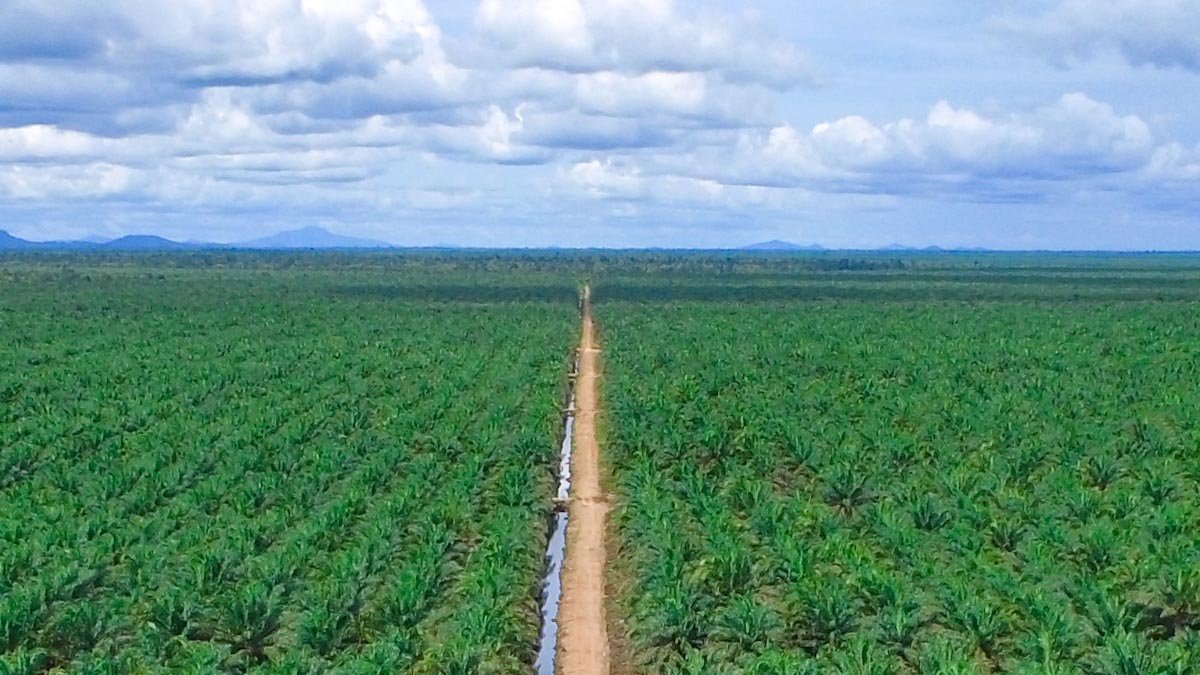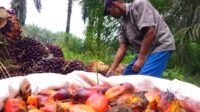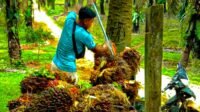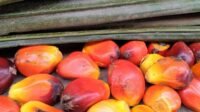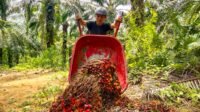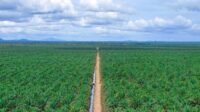PALMOILMAGAZINE, BALI – Climate change poses a major challenge for the palm oil industry, particularly in Colombia. Rising global temperatures, greenhouse gas emissions, and land use changes significantly impact ecosystems, wildlife, human communities, and oil palm plantations.
At the International Conference on Oil Palm and Environment (ICOPE) Series 2025 held at Bali Beach Convention in mid-February 2025, Ivan Mauricio Ayala Diaz from Cenipalma highlighted that climate change has led to increased pest and disease outbreaks, as well as resource shortages, ultimately reducing yield per hectare.
“Declining fruit production and disruptions in pollination by weevils are major concerns. In Colombia, the effects of climate change on the palm oil industry are undeniable,” he stated.
Also Read: Asian Agri and Apical Strengthen Commitment to Sustainable Palm Oil: From Household Use to Avtur
Over the past 15 years, palm oil epidemics have resulted in significant losses, affecting 168,000 hectares of plantations and causing financial damages of up to $3.1 million. These challenges underscore the urgent need for mitigation strategies to minimize the adverse effects of climate change on the industry.
Cenipalma, Colombia’s leading palm oil research center, has implemented various agronomic innovations to enhance crop resilience. One key approach involves fundamental agronomic techniques and artificial irrigation.
“In Colombia, revisiting basic agronomic techniques has yielded positive results. Several experiments in both northern and southern regions have been conducted to optimize water availability,” Diaz explained.
Also Read: PT SMART Tbk and USU Host Talk Show on the Future of the Palm Oil Industry
Artificial irrigation was tested using three different methods, with findings showing that the dripper system could increase harvests by up to 90% while significantly improving water-use efficiency.
Soil moisture conservation technologies have been introduced to maintain palm oil productivity and reduce erosion. These efforts have successfully lowered erosion rates by 50%, thanks to collaborations with researchers from the Netherlands and other countries.
By utilizing climate zone mapping technology, Cenipalma can identify the most suitable locations for oil palm cultivation. This approach allows farmers to align crop selection with specific environmental conditions, enhancing production efficiency.
Temperature fluctuations due to climate change demand new breeding strategies. Cenipalma has collected extensive data to identify palm oil plant groups with higher stability and drought resistance. Through early screening tests, they can develop seedlings with improved tolerance to extreme conditions.
Also Read: SPKS Aceh Chairman Assists Smallholders in Registering for PFMA Infrastructure Aid
In its breeding program, Cenipalma has also adopted genomic selection technology to ensure palm oil varieties are more resistant to climate change. By leveraging genetic markers, researchers can identify superior genetic traits that enhance environmental resilience.
Nutrient efficiency plays a crucial role in climate change mitigation. Cenipalma’s research indicates that ammonium-based fertilizers benefit palm growth more than nitrate-based fertilizers, as they significantly boost biomass production.
A key strategy for intensifying production is the development of the OxG Hybrid, a palm oil variety designed to withstand climate change.
“With rising temperatures reaching 40 to 50 degrees Celsius, natural pollination by weevils is severely affected. To address this, Cenipalma has developed artificial pollination technology using Naphthalene Acetic Acid (NAA). This method has proven effective in increasing palm fruit production, particularly in the number of fruit bunches,” Diaz concluded.
Through these innovations, Colombia’s palm oil industry is striving to adapt to climate change and ensure long-term production sustainability. (P2)

